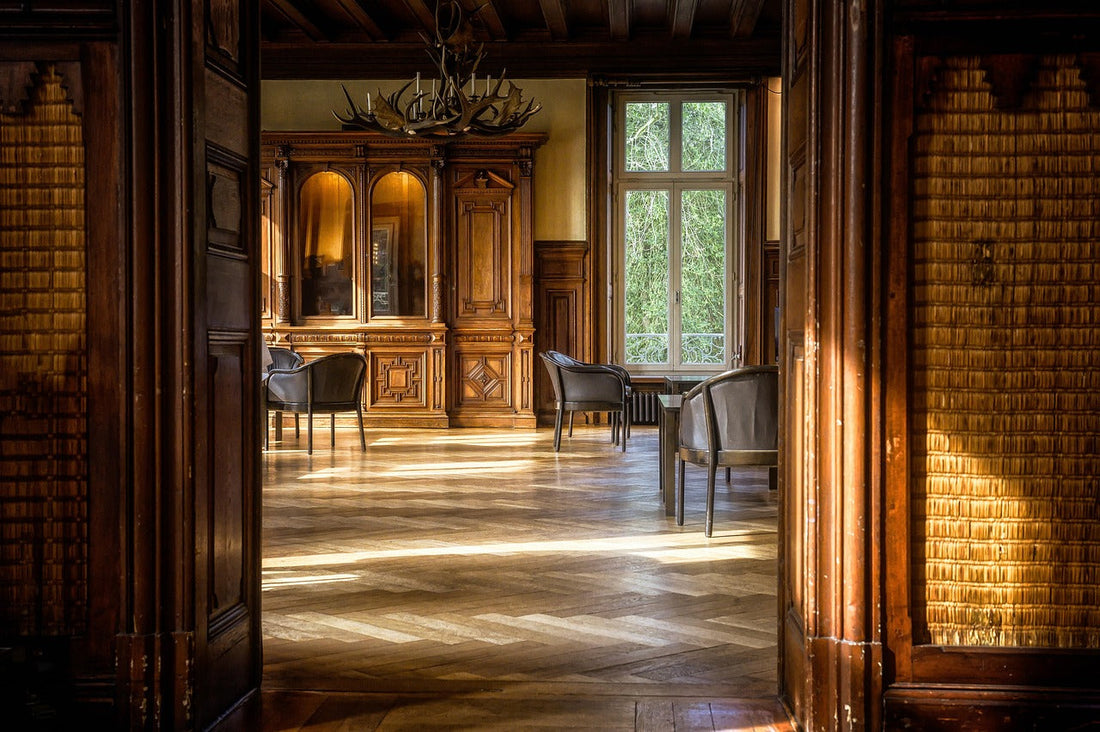What Is Antique Furniture?
Antique furniture refers to furniture pieces that are generally over 100 years old. These quality pieces often reflect the craftsmanship, materials, and style trends of their respective eras. Whether you like the detailed carvings from the 18th century or the clean lines of Art Deco, each piece of furniture has a story. Authentic antiques are not just beautiful; they’re investments in both art and history.

Most antique items are made from solid wood. As such, furniture makers from long ago favored those strong woods and used the likes of mahogany, walnut, oak, and cherry. Handcrafted joinery, original hardware, and aged finishes are some hallmarks of true antiques. When shopping, always consider these features to distinguish real antiques from reproductions.
The History and Evolution of the Antique Furniture Market
The antique buying market has changed significantly over the last few decades. In the mid-20th century, collectors mostly found antiques in specialty shops or through established antiques dealers. Today, with the rise of online marketplaces and social media, sourcing vintage items is easier than ever.

The market has also expanded in scope. Many people still like 18th and 19th-century furniture. However, modern collectors are now looking for mid-century and Art Deco items. This shift reflects changing interior design trends and the blending of old and new aesthetics.
The charm of antique shopping comes from finding unique, timeless furniture. These pieces have craftsmanship and character that modern furniture lacks.
Where to Buy Antique Furniture

You have several great options when looking for authentic antiques:
- Antique Stores & Malls – Local shops and antique malls often house multiple vendors. For instance, Artifacts on 14th Street is a fantastic destination, and US Capital Furniture maintains a curated booth there.
- Auctions and Auction Houses – Buying from auction houses allows access to estate-quality furniture and rare finds. Always research provenance and set a budget.
- Online Marketplaces – Websites like 1stdibs, Chairish, and even eBay can yield treasures. Ensure sellers are reputable and offer clear images and return policies.
- Estate Sales and Flea Markets – These are ideal for hands-on antique shopping. Arrive early, ask questions, and don’t be afraid to negotiate.
- Antiques Dealers – Certified dealers often specialize in specific eras or types of furniture, offering verified quality and history.
Strategies for Buying Antique Furniture

- Research First – Understand the furniture style you're interested in (e.g., Victorian, Chippendale, or Art Deco). Learn the markers of quality and typical features.
- Know Your Dimensions – Antique furniture may not match modern furniture dimensions. Measure your space and doorways carefully.
- Check Carefully – Look for signs of authenticity like hand-cut dovetails, age marks, original hardware, and the type of wood.
- Check Condition – A little wear adds character, but be cautious of structural issues. Some damage remains acceptable and repairable, especially if the seller prices the piece accordingly.
- Ask for Provenance – When buying from an antiques dealer, ask about the item's history. Provenance adds value and helps authenticate the piece.
- Understand Restoration – Refinished antiques can still be valuable if restoration was done with respect to the original design and materials.
Popular Types of Antique Furniture

- 18th Century Furniture: Often ornate and made from hardwoods, with high craftsmanship. Think Queen Anne and early Georgian styles.
- 19th Century Furniture: Includes Victorian and Empire styles, known for their rich woods and heavy decoration.
- Art Deco Pieces: Geometric shapes, exotic woods, and modernist appeal. Ideal for eclectic interiors.
- Mid-Century Modern: Sleek and simple designs, often confused with antiques due to their age and popularity.
Bonus Tips and Tricks

- Bring a Flashlight – Inspect interiors of cabinets or drawers for stamps, signatures, or repairs.
- Use a Magnet – This helps test for brass vs. brass-plated hardware.
- Keep a Measuring Tape Handy – Always double-check sizes, especially for larger pieces.
- Document Your Finds – Keep photos and notes about items you’re considering or have purchased.
- Mix Styles Confidently – Don’t be afraid to mix antiques with modern furniture for a balanced, lived-in feel.
Final Thoughts
Buying antique furniture is more than shopping—it’s about connecting with the past and curating your personal style. Whether it’s a stately 19th-century armoire, a sleek Art Deco sideboard, or a rustic oak dining table, each item adds warmth and character to your space. Explore trusted sources, research thoroughly, and you’ll find furniture pieces that are not just beautiful, but lasting legacies.

Explore our curated collection at US Capital Furniture or visit our booth at Artifacts on 14th Street to find your next treasure.
